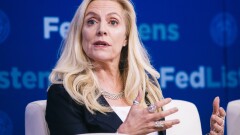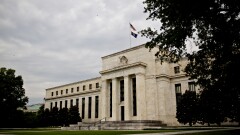For banks, the potential losses associated with climate change — and the opportunities from transitioning to clean energy — came into sharper focus during 2022.
With prodding from their regulators, U.S. banks took some steps forward on assessing climate risk, but not as quickly as their counterparts in Europe. Near the end of the year, the Federal Reserve Board proposed new guidelines for large banks on how to manage those risks.
Meanwhile, President Biden signed legislation that provides grants and tax credits to the clean-energy sector — presenting new chances for lenders to profit from energy transition.
What follows is a look back at the year in climate finance.










